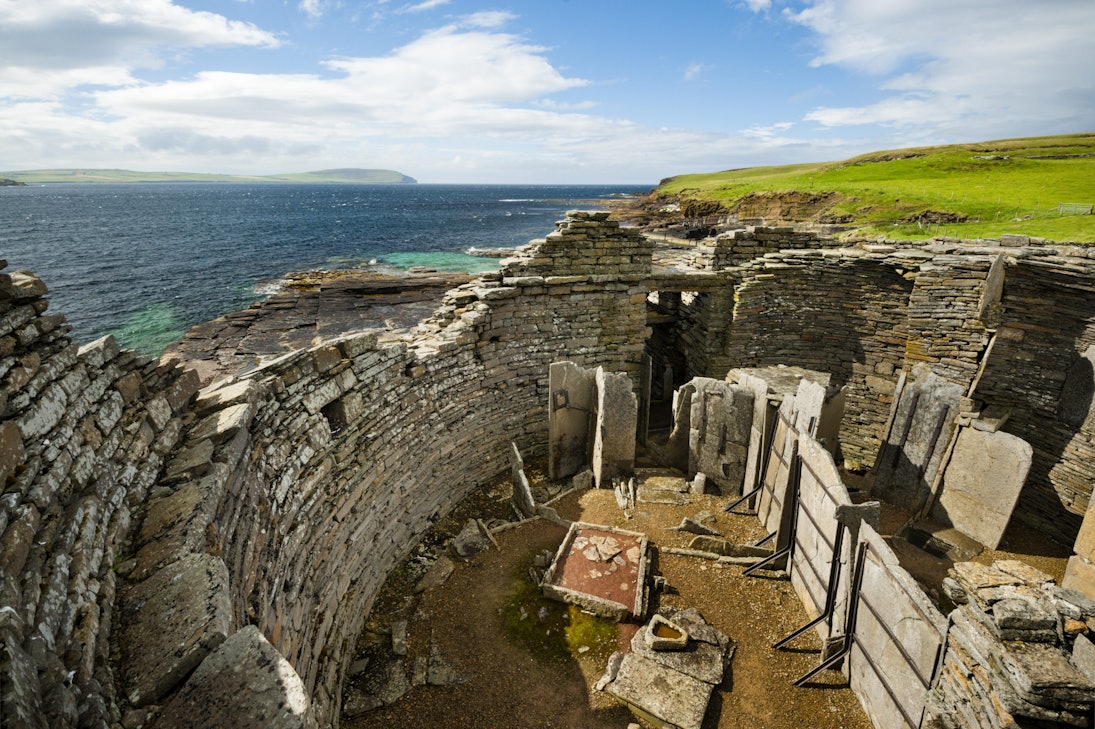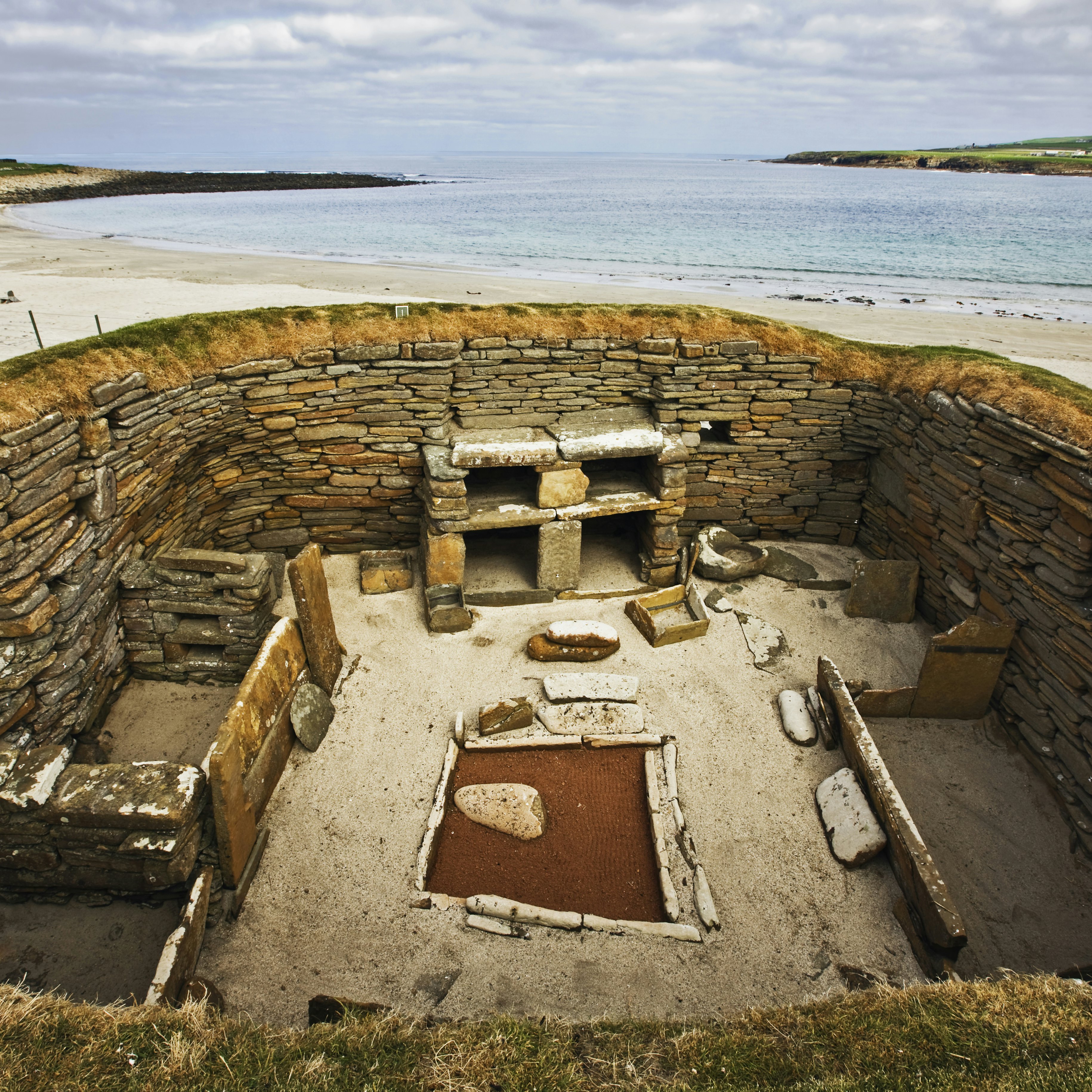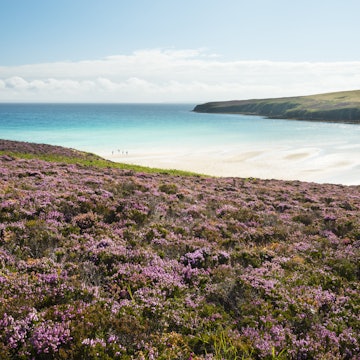
Overview
There’s a magic to Orkney that you begin to feel as soon as the Scottish mainland slips astern. Only a few short miles of ocean separate the chain of islands from Scotland's north coast, but the Pentland Firth is one of Europe’s most dangerous waterways, a graveyard of ships that adds an extra mystique to these islands shimmering in the sea mists.
Leave the planning to a local expert
Experience the real Orkney. Let a local expert handle the planning for you.
Must-see attractions
Get a book. Get inspired. Get exploring.
in partnership with getyourguide













